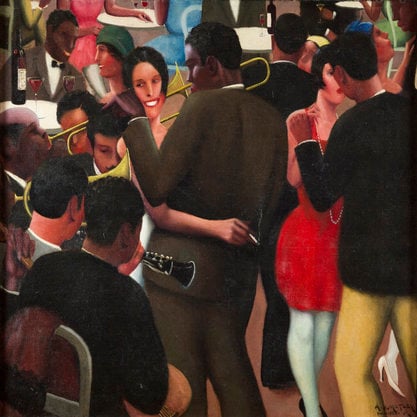Article
Black Mountain College By Saletnik, Jeffrey
Article
Between 1933 and 1957, Black Mountain College served as an unlikely crucible of modernism. Despite its isolated location near Asheville, North Carolina, at various times its permanent and summer faculty included the likes of Anni Albers, Josef Albers, Ilya Bolotowsky, Jean Charlot, Lyonel Feininger, Joseph Fiore, Buckminster Fuller, Walter Gropius, Karen Karnes, Franz Kline, Willem de Kooning, Jacob Lawrence, Robert Motherwell, Beaumont Newhall, Amédée Ozenfant, Xanati Schawinsky, Ben Shahn, and Jack Tworkov. These artists and architects were joined by composers John Cage, Lou Harrison, Ernst Krenek, David Tudor, and Stefan Wolpe; writers and poets Robert Creeley, Charles Olsen, and M.C. Richards; as well as critic Clement Greenberg, musicologist Heinrich Jalowetz, and choreographer Merce Cunningham. There are few evident commonalities among the practices of this mix of European émigrés and Americans, yet the educationally progressive ethos of the College appealed to each of them. Its founding program was predicated upon a belief that the arts were central to higher education and that the practice of democracy would benefit from their curricular integration. Participation was prioritized in all activities, particularly in learning.





